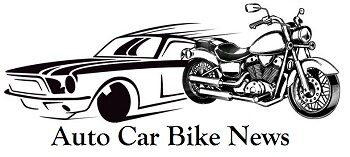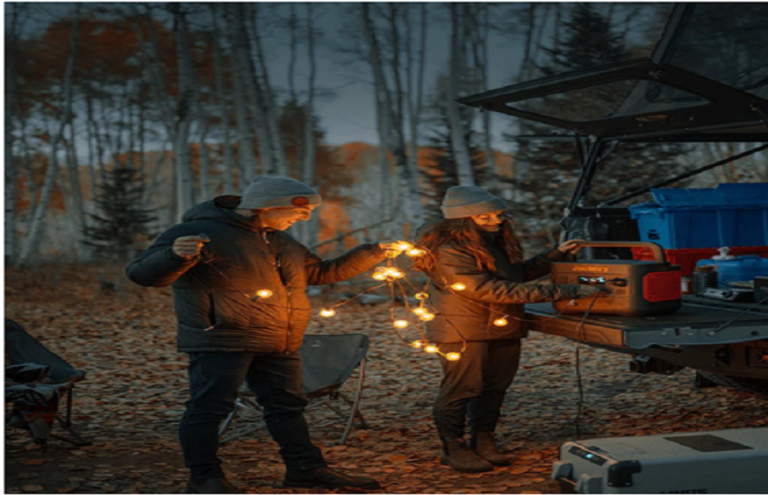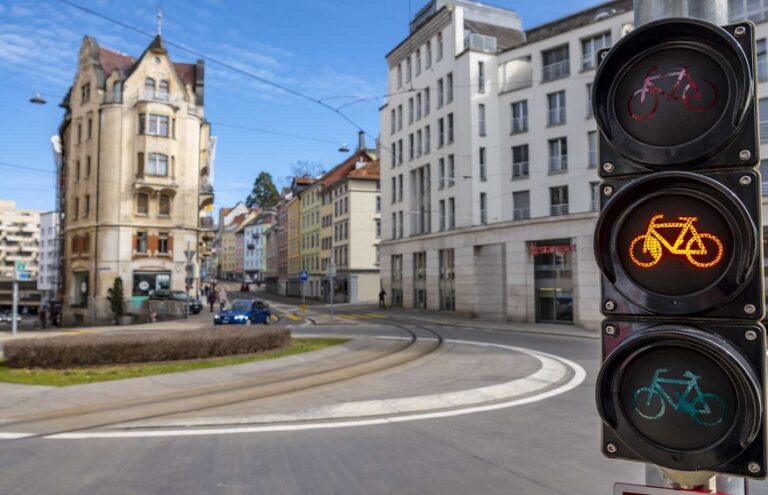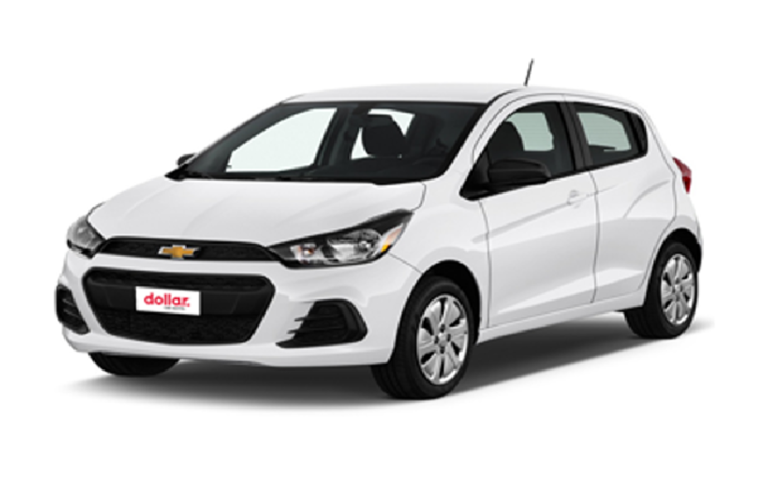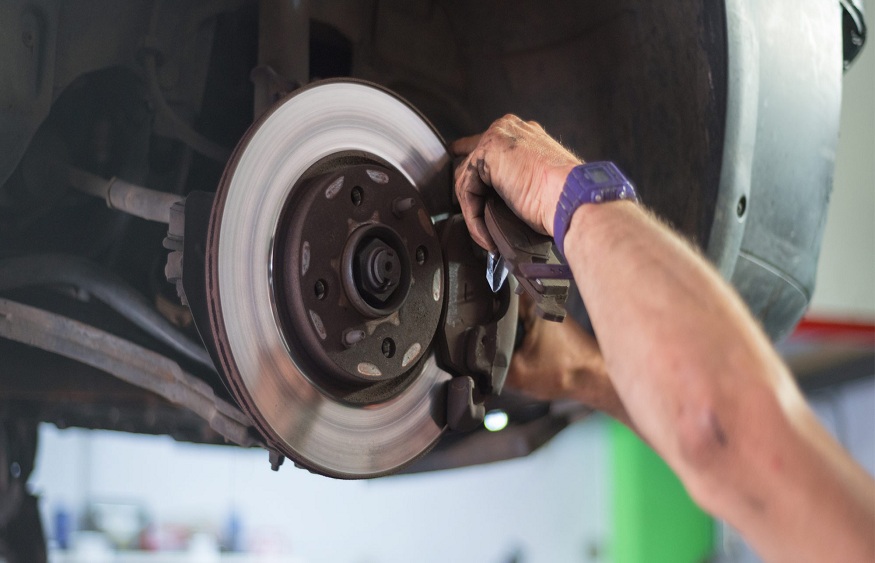
Every driver should know how to check if there is a problem with the brakes. A leak, squealing, or deformed brake discs are among the most common difficulties.
Top 10 most common brake problems
Are your car brakes squealing? Maybe your vehicle is pulling to one side? Have you noticed a large puddle on your garage floor? All of these problems indicate a faulty brake system.
Their solidity does not prevent the need for regular maintenance, in particular because of their wear which develops due to the aging of the car which is inevitable.
How do the brakes work?
In most newer vehicles, the brakes use a disc or drum system. Brake rotors are attached to the wheel hub and work with calipers, brake pads, and hydraulics to slow and stop the car.
When the brake pedal is pressed, the hydraulic system multiplies the pressure emitted on the pedal. The calipers then push the pads against the discs which slows the car to finally stop it.
Drum brakes are based on the same logic. When you step on the pedal, the hydraulic system pushes the brake shoes against the drum which is attached to the wheel hub. Again, this slows down the car, and stops it completely.
The top 10 worries every driver should have about their brakes
Brake pads: Worn brake pads increase stopping distance, and can create friction with the surface of the brake disc. If a pad is cracked on the surface due to overheating, then it will make noise when stopping. If the pads and disc overheat, then the braking distance increases there too. If you hear a squeal regularly, then the brake discs and/or pads need to be replaced.
Every driver should know how to check if there is a problem with the brakes
Leaks: A leak in the brake system is usually a hydraulic problem. If the pedal hits the floor of the car, it often means there is a leak. This indicates a loss of brake fluid and can cause the entire system to fail. Leaks must be repaired immediately. A puddle of brake fluid in the garage or a pedal that drops too far are symptoms of this problem.
Sticky calipers: The caliper and its supports push the brake pads against the brake discs to stop the vehicle. The caliper pistons can get stuck in their cylinder, causing the car to pull to one side when braking. Overheating and worn discs and pads can affect acceleration due to sticky brakes. A sticking caliper is more than just a problem, it can be dangerous and should be repaired immediately. Sometimes the caliper carrier slides bind, causing the same problems as a stuck caliper. The difference is that one pad will wear out too quickly instead of two.
Warped brake discs: Brake discs can warp if they are subjected to too much pressure. Mountain driving or towing can cause this kind of problem. Even just parking next to an automatic sprinkler can cause difficulties because cold water can warp the discs. As a result, the vehicle and the steering wheel may start to shake when braking. Deformation of the brake discs can also increase stopping distance or cause the anti-lock brakes to engage prematurely.
Loss of Brake Effectiveness: If it takes longer than usual to stop your car, it’s probably due to brake fading . This is often only temporary, but it can last for a long time. But when the brakes cool down, they return to their original performance. However, over time, the problem may become permanent. It is then time to change the brake pads and discs. Loss of brake efficiency is one of the first signs of brake disc and pad overheating and complications.
Faulty brake hose: A faulty brake hose can result in calipers that move unevenly. The vehicle then pulls to the side when the brakes are applied. If the brakes pull to one side, the vehicle should be inspected and repaired as soon as possible.
